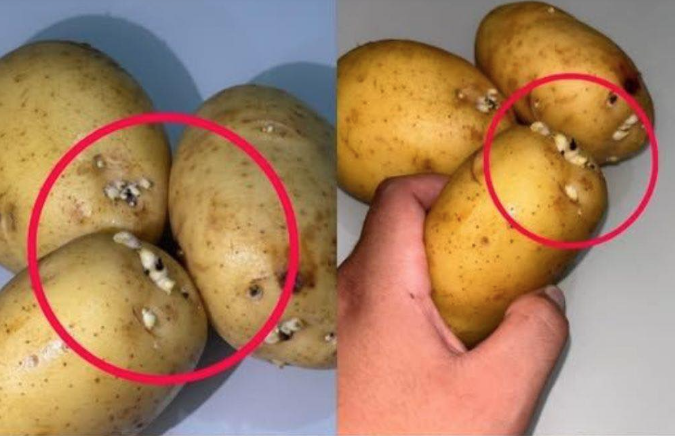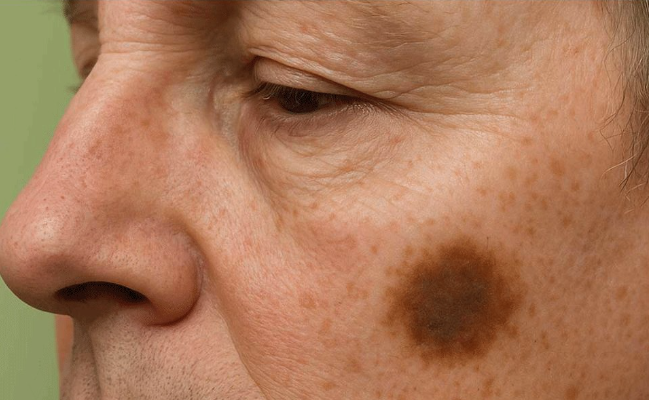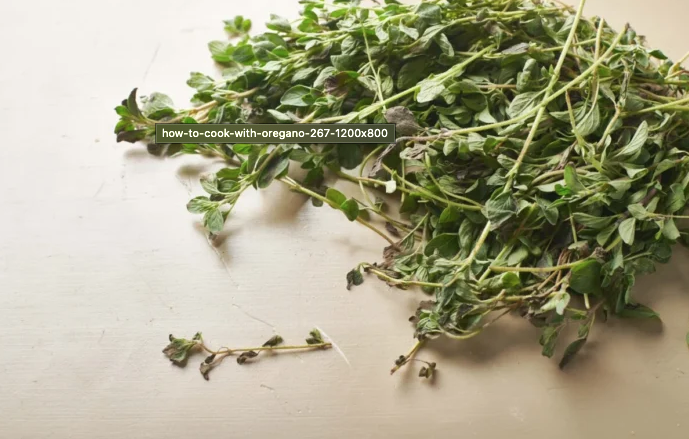Potatoes rank among the most cherished foods worldwide. Whether fried, mashed, or roasted, they grace countless dining tables. However, caution is essential: when sprouts or green patches appear on their skin, a subtle danger emerges. Beneath their familiar, comforting exterior lies a potential health hazard. Many remain unaware of this critical concern.
Certain natural toxins can develop in potatoes as they begin to sprout. This issue demands attention, as it may lead to digestive discomfort, nausea, or even more severe symptoms. A food so widely loved deserves careful consideration to ensure safety.
Why Sprouted Potatoes Pose a Risk
When a potato begins to sprout, it produces solanine, a naturally occurring toxic compound. This chemical serves as the plant’s defense against pests and diseases. The challenge arises when humans consume it in significant amounts, as it can become harmful.
Solanine concentrates mainly in the green areas of the potato, the sprouts, and the layer just beneath the skin. Peeling alone may not eliminate the risk. Even high-temperature cooking, such as frying or baking, fails to neutralize the toxin. Consuming affected potatoes can lead to symptoms like vomiting, diarrhea, abdominal pain, and, in rare instances, neurological issues.
Children and older adults are especially susceptible. Their digestive systems tend to react more rapidly and intensely. A small portion of contaminated potato can trigger noticeable symptoms.
How to Identify and Prevent Risks
The key to safety is vigilance: examine potatoes thoroughly before preparation. Sprouts, green-tinted skin, or an unusual smell should raise immediate concerns. A firm texture does not always indicate a potato is safe for consumption.
To minimize risks, store potatoes in a cool, dark, and dry place to slow sprouting. If sprouts or green spots are visible, cut away those areas generously or discard the potato entirely. By taking these precautions, you can continue to enjoy this versatile food while prioritizing your health.




